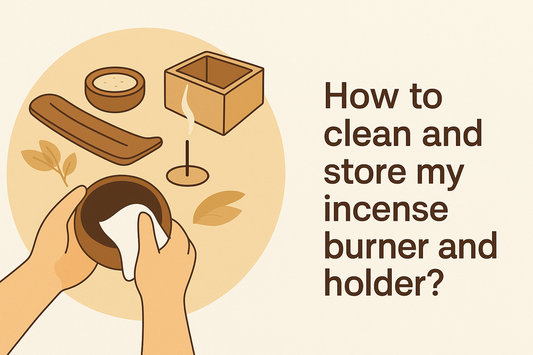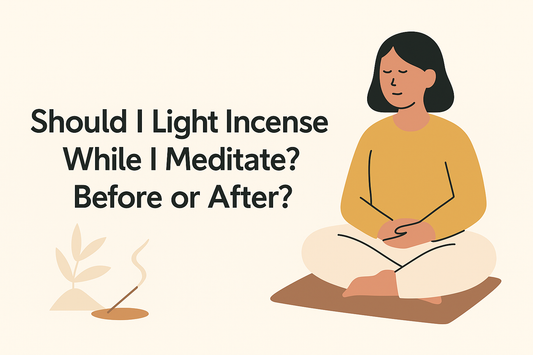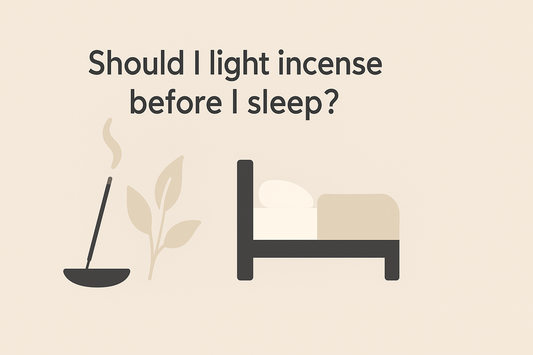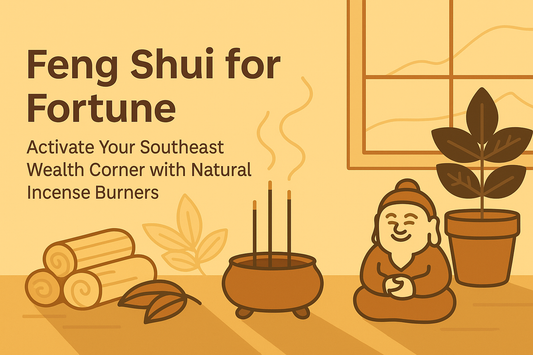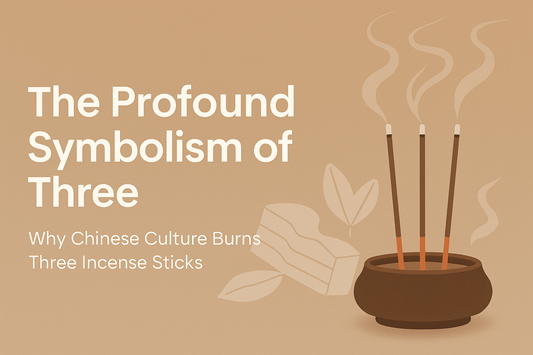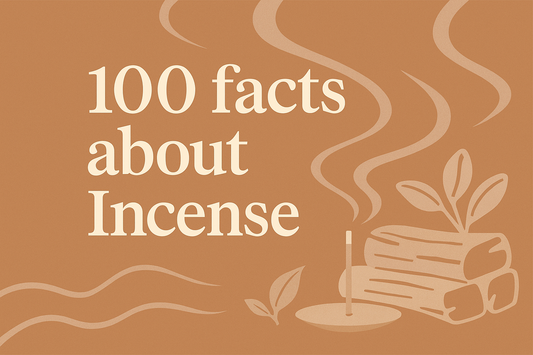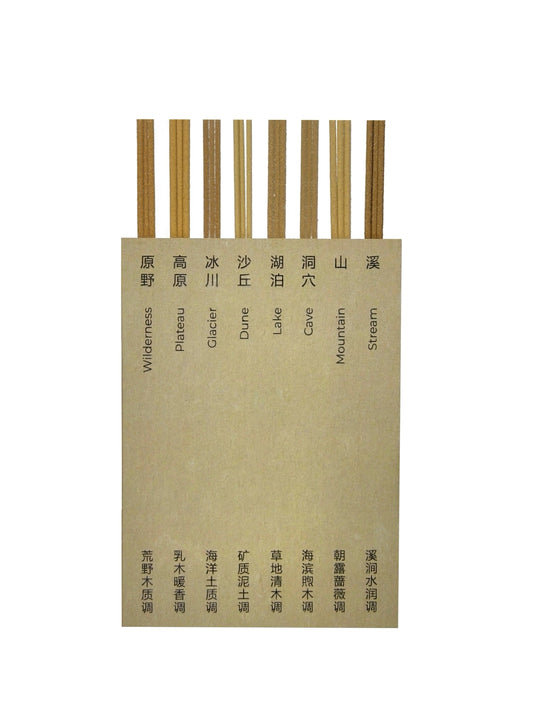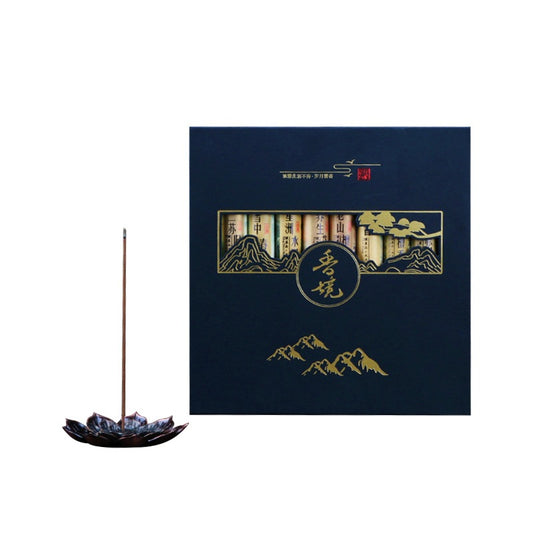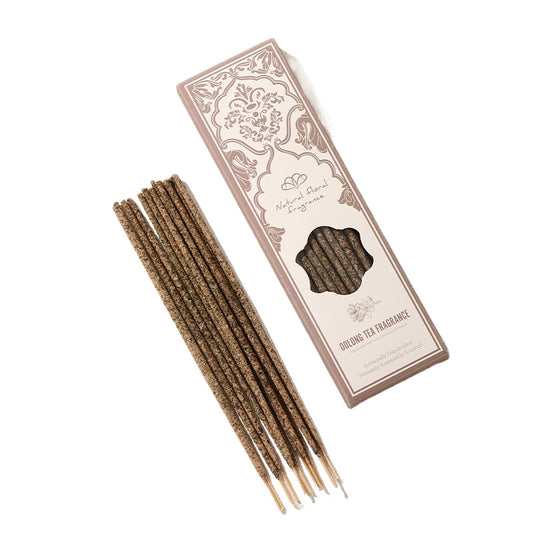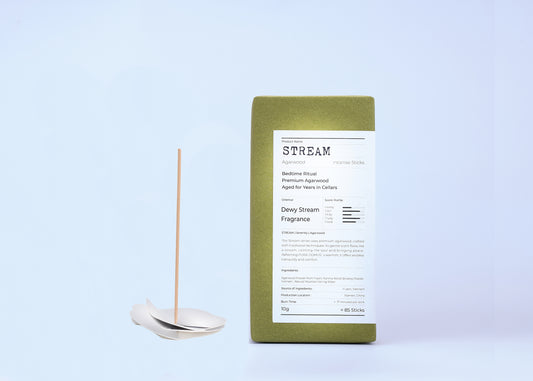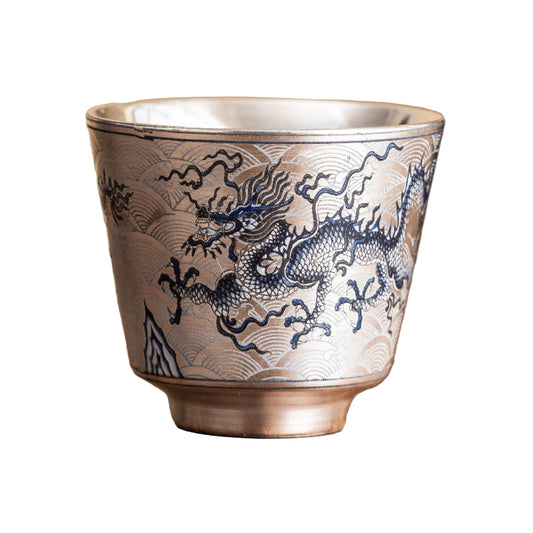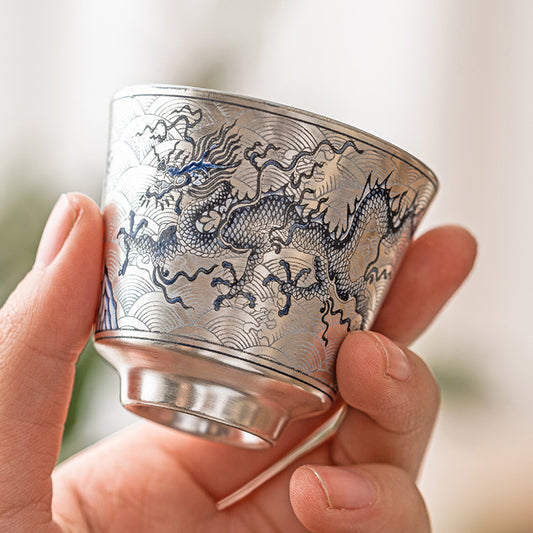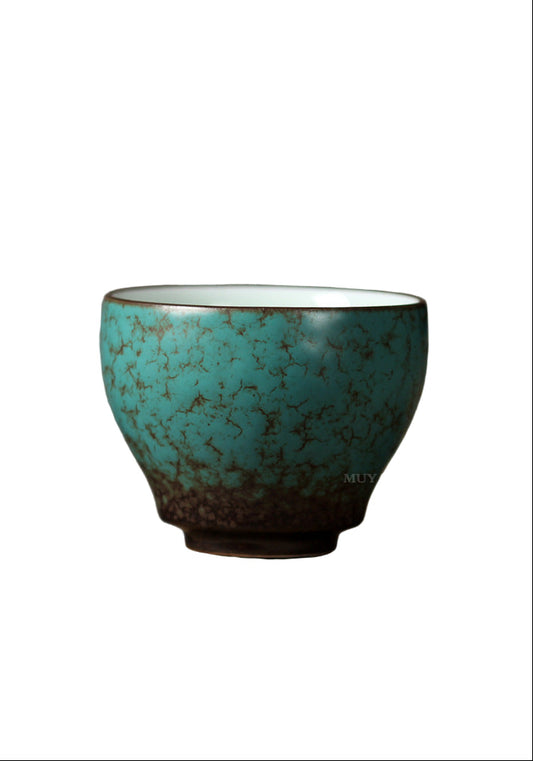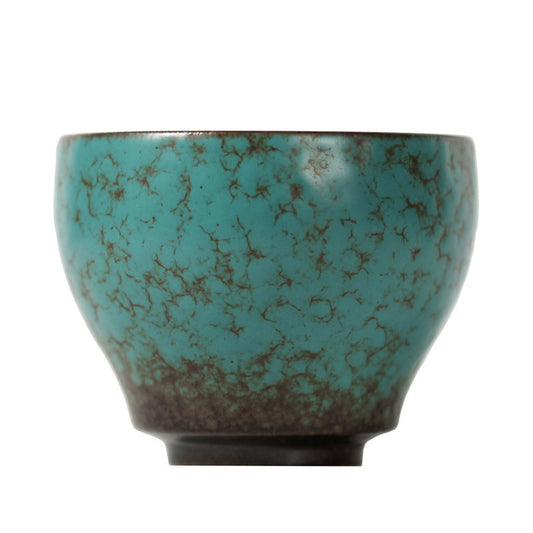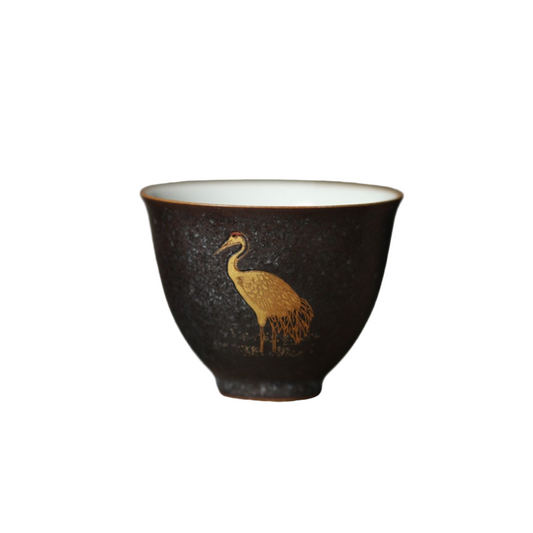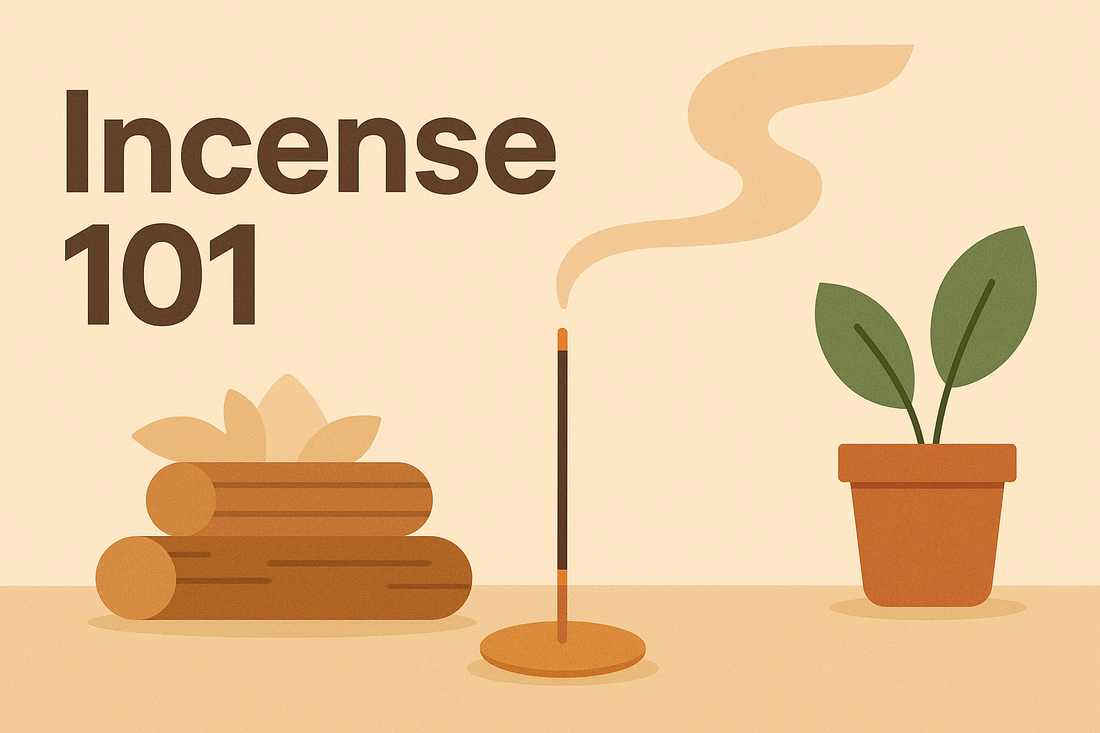
Incense 101: Natural vs. Synthetic — Safety, Ritual, and Scent Guide
By Chris Chen \ MonianLife
A Quiet Start: Why This Guide Is Essential Now
I’ve been obsessed with scent for years. It’s not just about a nice smell; it’s about a vibe change, a mental anchor, a moment of deep focus. And for many of us, incense is the simplest tool for that job.
Incense is both material and meaning: wood, resin, leaf—and also ritual, mood, intention. Yet the modern market blurs the lines between “natural” and “synthetic,” and the vital conversation about safety often gets lost in fragrance claims. The resulting confusion can turn a mindful practice into a mystery.
This field guide is born from my own journey through the smoke and mirrors. It brings the essentials together so you can choose calmly and burn with knowledge and care.
The Core Difference: Ingredients and Aromatic Sources
To choose your incense wisely, you must know what you are actually burning. The difference usually comes down to the source of the aroma and the binding agent.
What “Natural Incense” Really Means
Natural incense is typically made from a finely powdered base of woods (e.g., sandalwood, cedar), plant resins (**frankincense, myrrh**), herbs, and spices. All of these are mixed with a plant-based binder, allowing the stick or cone to hold its shape and smolder evenly.
- The Classic Binder: The centuries-old standard, particularly in East Asia, is makko (tabu-no-ki). This water-soluble powder, derived from the bark of Machilus thunbergii, acts as both fuel and glue. It is highly prized because its neutral scent allows the primary aromatics to truly lead the experience. (Source: sciencedirect.com)
What “Synthetic” or “Dipped” Incense Means
Synthetic incense is commonly a blank stick (often bamboo or charcoal, sometimes referred to as the 'punk') that has been "dipped" into a prepared liquid mixture.
- The Scent Carrier: This liquid is typically a concentrated fragrance oil compounded with DPG (dipropylene glycol). DPG is a low-odor solvent widely used in the fragrance industry. Its role is to effectively carry and stabilize the aroma. (Sources: dow.com, monumentchemical.com)
The Takeaway: "Natural" usually means the scent is derived solely from the botanicals themselves; “synthetic/dipped” means the aroma comes from specialized fragrance oils carried by a solvent like DPG. Crucially, neither label alone guarantees absolute safety—combustion always creates smoke—so technique and ventilation are paramount.
Safety First: How to Burn for Better Indoor Air Quality
As much as I love the ritual, we must acknowledge the science. All burning creates fine particulate matter (PM2.5). Incense smoke can contain PM2.5, Polycyclic Aromatic Hydrocarbons (PAHs), and various irritant gases; the exact levels depend entirely on the recipe, burn rate, and, most critically, "your room's ventilation". (Sources: ehp.niehs.nih.gov, pmc.ncbi.nlm.nih.gov)
For general indoor air quality, the EPA emphasizes a three-part strategy that applies perfectly to incense: "Source Control, Ventilation, and Filtration." (Source: epa.gov)
Practical, Geo-Aware Ventilation Tips
To enjoy incense mindfully while mitigating risk, follow these steps, adjusting for local conditions:
- Control the Source: Burn one stick or cone at a time. Shorter burns (15–20 minutes) are often sufficient to scent a space.
- Maximize Clean Ventilation: Burn near an open window or a mechanical extract fan when the outdoor air quality is good.
- Heed Air Advisories (US/UK/SG): Crucially, avoid burning indoors during wildfire/haze episodes (relevant to the US West Coast, Australia, or transboundary haze in Southeast Asia) when local agencies advise limiting indoor pollutants. (Source: cdc.gov)
- Supplement with Filtration: Place a True HEPA air purifier in the room. Independent reviews and studies consistently show that correctly sized portable HEPA units can meaningfully reduce indoor PM2.5 levels. (Source: sciencedirect.com)
A Note on Sensitivity: Sensitive groups (e.g., those with asthma, COPD, or who are pregnant) may find they prefer non-combustion aromatics (like essential-oil diffusers) or choose to enjoy their incense practice outdoors. (Source: World Health Organization overview)
Ritual: When Form Carries Meaning and Intention
Beyond the chemistry and safety, the true magic of incense lies in its role in ritual. Across East Asia, incense is used to mark a transition: from ordinary time to mindful time.
- Kōdō (The Way of Incense): In Japan, this is an art of attention, treating aroma as a subtle language. Its codified etiquette and famed rikkōku gomi agarwood taxonomy emphasize subtlety and deep presence.
- Symbolism: In Chinese-influenced practice, three sticks often symbolize respect, gratitude, and presence.
The core message is universal: Light with intention, sit in stillness, and allow the mind to settle. The intentional use of incense becomes an anchor for your attention.
A Simple Ritual to Begin Your Practice
- Tidy the Surface: Clear the clutter; a calm space facilitates a calm mind.
- Set Your Intention: Before lighting, silently articulate a single purpose (e.g., "I seek focus," or "I release today's stress").
- Light, then Soften: Light the tip, allow the flame to catch, then gently wave or blow it out so only a steady, soft glow and curl of smoke remain.
- Sit in Stillness: Sit quietly for three minutes with the breath as the scent begins to permeate the space.
- Acknowledge and Conclude: When the session is finished, thank the moment. Don’t rush to the next task.
Scent Families: Choosing Your Vibe Anchor
Instead of choosing by hype or brand, choose by use. Different scent families are chemically primed to elicit different responses.
| Scent Family | Examples | Common Vibe / Intention |
|---|---|---|
| Woods | Sandalwood, Cedar, Palo Santo | Creamy, centering, clarifying, dry focus. |
| Resins | Frankincense, Myrrh | Lifted, prayerful, deep grounding, introspective. |
| Agarwood (Oud) | Varies greatly | Deep, contemplative, sophisticated; use sparingly. |
| Herb & Citrus | Lavender, Lemongrass, Clove | Softening, refreshing, warmth (often used as accents). |
Quick Tips: For focus, try sandalwood + a tea-like green scent. For evening calm, frankincense with a touch of lavender. For space reset, use resin-forward blends with a window cracked open to symbolically move old energy out.
Quick Chooser: Natural vs. Synthetic, In Practice
| If You Value... | Choose... | Tip |
|---|---|---|
| Ingredient transparency and gentle scent profiles. | Natural Sticks/Cones built on woods/resins + makko. | Look for sources that list botanical ingredients explicitly. (Source: sciencedirect.com) |
| Bold, perfumey notes or specific designer-like accords. | Dipped/Synthetic Sticks. | Ensure reliable sourcing, and always burn with excellent ventilation. (Source: dow.com) |
Ultimately, whether you are seeking high-quality agarwood or a reliably scented dipped stick, the final result—calm and clarity—depends on your intention and your commitment to a safe, ventilated practice.
FAQ: Burning Incense Responsibly
- Q1. Is “natural” incense always safer than synthetic?
- Not necessarily. While "natural" avoids certain petrochemical fragrance compounds, any combustion emits PM2.5. Ventilation, moderation, and the quality of the base materials are still the most critical safety factors. (Source: pmc.ncbi.nlm.nih.gov)
- Q2. Is DPG (dipropylene glycol) in synthetic incense dangerous?
- DPG is a common, low-odor fragrance solvent used across cosmetics and perfumery. In dipped incense, its main role is to carry fragrance oils. The health discussion relates more to the combustion by-products (smoke) and poor room ventilation than the solvent itself. Buy from reputable suppliers and always use ventilation. (Source: dow.com)
- Q3. Can HEPA air cleaners help when I burn incense?
- Yes, they are a strong supplement to the two primary strategies: source control and ventilation. Studies confirm that portable HEPA units significantly reduce indoor PM2.5 when properly sized for the room. (Source: epa.gov)
- Q4. What’s the most respectful way to use incense at home?
- Keep the ritual simple: Tidy the space, set a clear intention, light, and sit quietly. The Japanese Kōdō tradition emphasizes attention to the moment and the **subtlety of scent**—less is always more. (Source: Wikipedia)
- Q5. I live in an area with frequent wildfire/haze days—should I avoid burning?
- Yes. During any local smoke or haze advisories, public health agencies recommend avoiding all indoor particle sources, including burning incense and candles. Resume your practice when the outdoor air quality improves.



